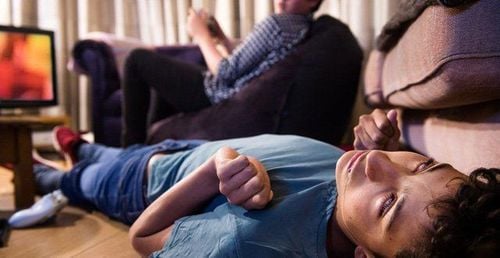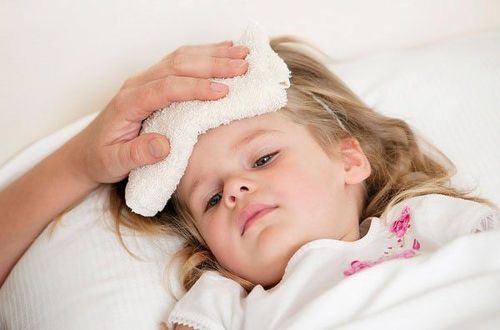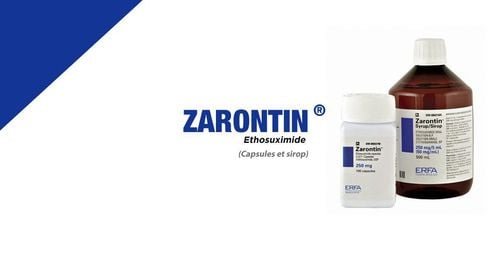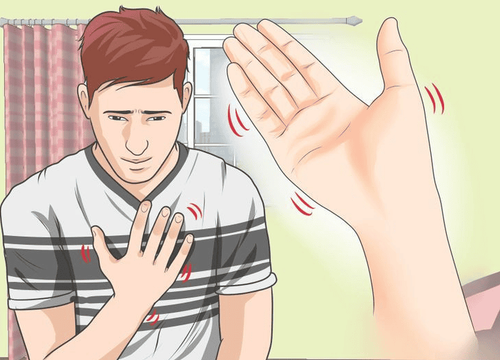This is an automatically translated article.
Seizures are temporary symptoms that occur due to an abnormality in the brain that stimulates a group of cortical neurons at the same time causing sudden, uncontrollable electrical discharges, causing seizures. There are many causes of seizure symptoms. So what are the types of convulsive diseases? The article will help readers find the answer.
1. What is a convulsion?
A convulsion is a symptom of epilepsy affecting one or the whole body. Seizures occur when brain waves work abnormally or very suddenly, causing muscles to spasm, the patient temporarily loses consciousness, cannot control his or her behavior. The convulsions will disappear after a period of time, the person will return to consciousness and have no memory of the previous state.
However, convulsions can still recur when having an attack, so it is necessary to know the cause of the seizure for timely treatment to avoid affecting health and daily activities.

Tình trạng co giật sẽ biến mất sau một khoảng thời gian, người bệnh sẽ trở lại tỉnh táo và không nhớ gì về trạng thái trước đó.
2. Symptoms of having a convulsion
Before having a seizure, the patient will experience dizziness, hallucinations, altered senses, intense muscle spasms, accompanied by the following symptoms:
Uncontrollable behavior, possibly urination. Teeth grinding, teeth clenched, it is easy to bite the inner cheek or tongue. Shortness of breath, blue skin. After the seizure is over, the patient will not remember that he had a seizure, in addition, he may experience headaches, body aches, temporary confusion, ...
3. What are the types of convulsions?
There are many types of medical conditions that cause seizures, which are mainly divided into 3 types:
Epileptic seizures
This is a chronic, life-threatening brain disease that is unrelated to other factors. due to stress, stress,... The patient has spontaneous convulsions, may have continuous or repeated convulsions, recurs from 2 or more times, more than 24 hours apart, does not recover conscious for about 5 minutes or more.
There are many causes of epilepsy, which are mainly caused by:
Ever had surgery related to the brain, have a tumor,... Any trauma, strong impact on the head. Heavy use of stimulants, heavy alcohol use,... Stroke Patients will need long-term drug treatment to limit the occurrence of convulsive seizures.
Generalized convulsions seen in adults
The patient appears convulsive state, whole body spasms, accompanied by loss of consciousness, convulsion repeats later. Most cases of generalized convulsions return to normal on their own without intervention.
Febrile seizures
Febrile seizures (non-epileptic seizures) usually appear in young children with high fever between the ages of 6-36 months old.
Most febrile seizures are simple, occur when the child has a bacterial or viral infection, and the body temperature is >38 degrees. It can also happen after a child is vaccinated against measles, mumps, or rubella. Genetic factors are also a big cause of repeated febrile seizures.
Children have high fever because the body reacts quickly to pathogens, however, parents do not need to be too worried because the ability to recover is also very fast.
When a child has a fever, it is often accompanied by symptoms of anorexia, crying, fussiness, rapid breathing, ... if promptly given antipyretic drugs and cool compresses, the child's body will reduce fever quickly. If the child has a high fever for a long time, it is very easy to have a seizure.
Based on the duration of febrile seizures, people are divided into 2 types:
Febrile seizures in children are simple if the convulsion lasts less than 15 minutes and is not localized. Complicated febrile convulsion when lasting more than 15 minutes continuously or temporarily stopping, has a focal nature, repeats convulsion within 24 hours. Febrile seizures in children are a common complication, children will temporarily lose consciousness, lack of oxygen to the brain. High fever caused by convulsions usually leaves little sequelae, however, if the convulsion lasts for more than 5 minutes without prompt treatment, it will cause long-term complications for the child.

Co giật có thể là triệu chứng của nhiều loại bệnh lý khác nhau.
4. Prevention of recurrence of convulsions
If you have a seizure due to epilepsy, the patient should pay attention to:
Take the medicine exactly as prescribed and prescribed by the doctor. When having a seizure, relatives should pay attention to place the patient in a leaning position, put a pillow under the head to remove metal and objects that can cause injury, use appropriate objects to clamp between the teeth to avoid The patient bites his tongue, loosens the clothes he is wearing, etc. If the difficulty in breathing, not being awake after the convulsion still occurs, it is best to take the patient to the hospital for a timely examination. . For febrile convulsions in children, parents can use medicine to lower their child's fever. However, it is necessary to monitor the child's body behavior to respond to the drug, if the body still has not cooled down, parents Mothers need to quickly bring the child to the nearest medical facility for timely examination and examination, find out the cause for timely treatment, and avoid the risk of convulsions. Periodic check-ups to monitor health status.
Please dial HOTLINE for more information or register for an appointment HERE. Download MyVinmec app to make appointments faster and to manage your bookings easily.
Reference sources: bvnguyentriphuong.com.vn, benhvien108.vn, msdmanuals.com












